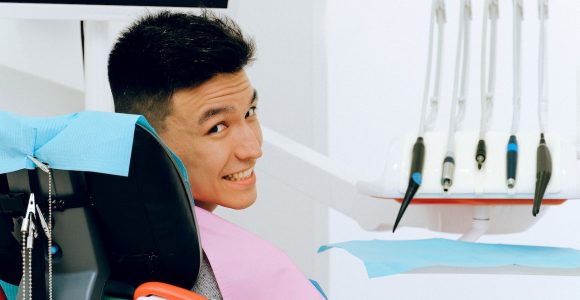A guide to invisible aligners

Undertaking treatment with aligners or braces at any point in your life is something that needs to be understood beforehand. Many people assume that if they opt for aligners over braces, it will be a straightforward process, and they will not have to attend the dental surgery as much as they would with braces. While this is true, there are many nuances to wearing aligners that you need to know about, and this article will explore some of them.

Initial meeting
The first step of treatment with Invisalign London is to visit a dentist or orthodontist who uses and has experience with this aligner. They will be able to assess whether or not you are suitable for treatment with invisible aligners and will be able to recommend alternatives if you are not.
The good news is that the majority of adults who have a minor or mild misalignment with their front teeth are suitable for treatment with invisible aligners and so, your dentist or orthodontist will likely take an intraoral scan of your teeth as a starting point for the next step in the process.
Aligner printing
The image of your teeth will be sent to a laboratory where dental technicians will use computer imagery to move your teeth into the desired final position. This will be done using vector points and the movements will then be converted into external shapes, in other words, aligner shapes. Once determined, these will then be sent to a 3D printer and will be printed using clear plastics. In a typical set of aligners, there will be between 12 to 14 aligners, but you may have a few more depending on the severity of misalignment being treated. These aligners are then sent back to your dentist, and you can pick them up.

Daily wear
To ensure the effectiveness of your Clear Aligners, it’s typically recommended to wear them for approximately 22 hours each day or as instructed by your dentist or orthodontist. This commitment is essential to prevent your teeth from shifting back to their former positions, a phenomenon known as reversion. Moreover, not adhering to this schedule could potentially impede the alignment process itself. Thankfully, you can remove the aligners when eating and drinking, excluding cold water. This makes maintenance hassle-free and eliminates the demanding cleaning routines associated with traditional braces.
Aligners and lifestyle
It is advisable to not smoke cigarettes whilst wearing aligners. Not only will this cause the aligners to discolour, but it also increases the risk of gum disease and oral cancer. Smoking is hazardous to the realignment process and is obviously detrimental to your wellbeing. You should also refrain from consuming sugary drinks whilst using aligners and you should be prepared to carry a travel-sized toothbrush and toothpaste with you to work, university or wherever you go to clean your teeth after eating before putting the aligners back in.
Retainers
When you have finished realigning your teeth with invisible aligners, you will be required to wear retainers. These will ensure that your teeth stay in their final location and once again, you will need to wear these for the predetermined time set down by your dentist or your teeth may reverse the work done to them.



